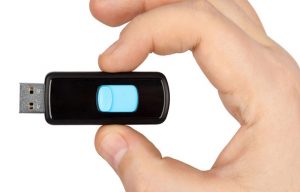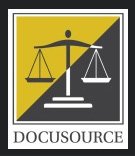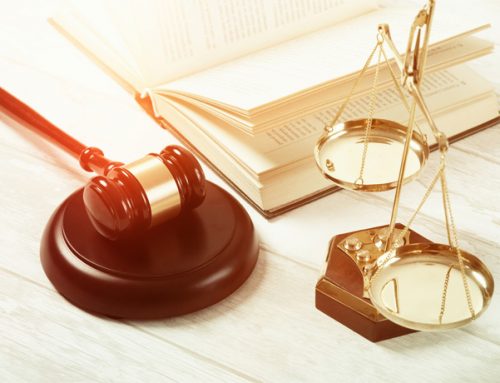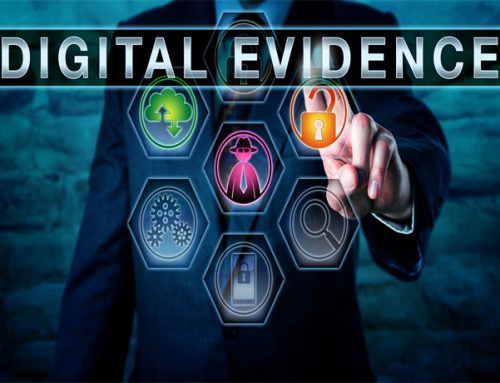 When I graduated from college, I was like a lot of my friends in that I really didn’t know what I wanted to do. I had a liberal arts degree, which prepared me to teach. I taught one day and realized that my checking account wasn’t going to reconcile with the bills I had to pay and decided quickly that I had to do something else. What could I do? I was a good student. I enjoyed writing and structure. I had a cousin who was a couple of years older that graduated from law school and she loved being a lawyer. I thought I would explore going to law school myself. Since I graduated from college in December, I couldn’t enroll in law school so I began working as a paralegal in the litigation section of Sessions and Fishman while I waited to take the LSAT. It didn’t take long for me to realize that I didn’t want to be a lawyer. It seemed like everyone worked incredibly long hours and that most didn’t get to see their families very much. I shifted gears and thought business school might serve my purpose better; at least it was more generalized and flexible. This combination of school and work is how I learned about litigation support. I went to business school at night where I learned about computers, programming, finance and accounting, then I worked at a law firm during the day where I learned about discovery and how difficult it can be to manage. This is where a learned about E-discovery: The Good, The Bad, & The Ugly.
When I graduated from college, I was like a lot of my friends in that I really didn’t know what I wanted to do. I had a liberal arts degree, which prepared me to teach. I taught one day and realized that my checking account wasn’t going to reconcile with the bills I had to pay and decided quickly that I had to do something else. What could I do? I was a good student. I enjoyed writing and structure. I had a cousin who was a couple of years older that graduated from law school and she loved being a lawyer. I thought I would explore going to law school myself. Since I graduated from college in December, I couldn’t enroll in law school so I began working as a paralegal in the litigation section of Sessions and Fishman while I waited to take the LSAT. It didn’t take long for me to realize that I didn’t want to be a lawyer. It seemed like everyone worked incredibly long hours and that most didn’t get to see their families very much. I shifted gears and thought business school might serve my purpose better; at least it was more generalized and flexible. This combination of school and work is how I learned about litigation support. I went to business school at night where I learned about computers, programming, finance and accounting, then I worked at a law firm during the day where I learned about discovery and how difficult it can be to manage. This is where a learned about E-discovery: The Good, The Bad, & The Ugly.
I was working on a large Anti-trust suit when I decided to ask my supervising attorney for a computer. We were studying database management and computer programming at the time; I wanted to take what I was learning in the classroom and transfer it to managing our anti-trust case. The rest as they say is history. I have been in the business of managing discovery and preparing for trial for the last 25 years. I have had to learn many things the hard way and all things by doing. Discovery is still difficult to manage under the confines of budgetary constraints and even more difficult to find the right people and software to use for e-discovery. Empty promises, lack of support, out of control costs and lack of accountability are reasons why there is so much cynicism when it comes to the topic. I remember a few years back attending CLE programs where the software companies would prance out their doomsayer of the week to talk about “the sky falling” and impending malpractice claims. Some of it true but most intended to drive revenue at the expense of our client’s fear and inexperience. I have put together a general management strategy which I believe it is a good first step in creating your own road map for managing e-discovery:
1. Litigation Support Manager – Find a knowledgeable person either in the firm, vendor or consultant out who has real life experience managing big cases. Everything you learn in a complex cases transfers over to small/midsize cases.
2. Defining the Collection Universe – For most cases finding out where all the data resides is a convoluted process. Many small companies don’t have a protocol for backups or archiving information so develop a check list and use it. Government subpoenas are good forms to read when you are formulating your own discovery requests. You can adopt many of their request into your own because they are very thorough. In general, you will want document the following
- Key Dates – Determine the date range for the litigation discovery
- Key Players– Determine who the players are for your client and and then get together with your client’s IT staff and discuss how the company communicates and stores their information.
- Location of data
- Types of data
- Key terms
3. Defensible Collection – Best Practices
 Experts – Hire a collection expert if you have the budget so that you have an accountable, professional who can testify about the process if needed. Some corporations have qualified staff who can collect the data but think about the potential consequences if something goes wrong and weigh it against the damages claim.
Experts – Hire a collection expert if you have the budget so that you have an accountable, professional who can testify about the process if needed. Some corporations have qualified staff who can collect the data but think about the potential consequences if something goes wrong and weigh it against the damages claim.- Software used in collection should be industry standard like Encase or FTK by Access data.
- Creating audit trail – Document all collection efforts with date, time and what was collected.
- Redundancy – Duplication – Have a back-up of what is collective
- Form of production – Always request native files to your legal team for management. Tiffs and extracted text can be produced to your opponent but you should always ask for Native files in any request for production.
4. Processing – Should be performed by experienced vendor or litigation support person in the law firm.
5. Review – Review is task driven. Protocols should be established along with training so that everyone is working in the same manner.
6. Production
7. Trial – If the system is built correctly from the beginning trial exhibits along with exhibit list can be created in a matter of minutes.
If you need help with E-Discovery, call the Docusource Team today at 504-588-2679. We have provided litigation support services for over 27 years. Click here to learn more about all of our services.
Article Contents by Connie Phillips, Managing Partner







